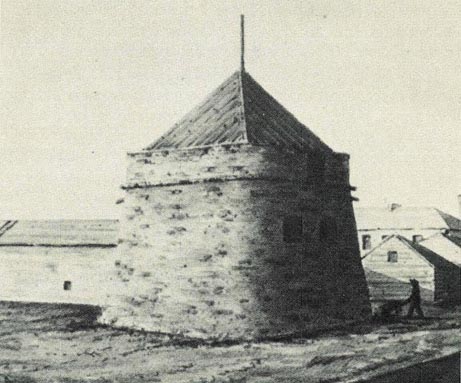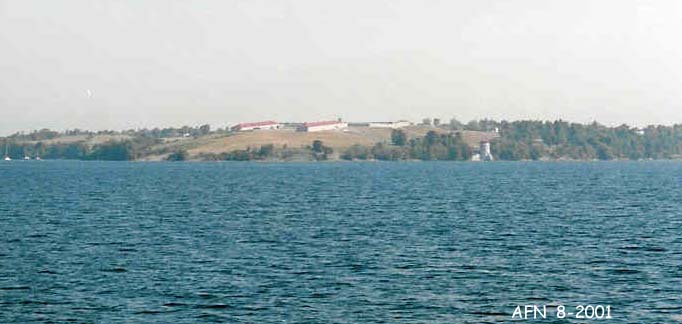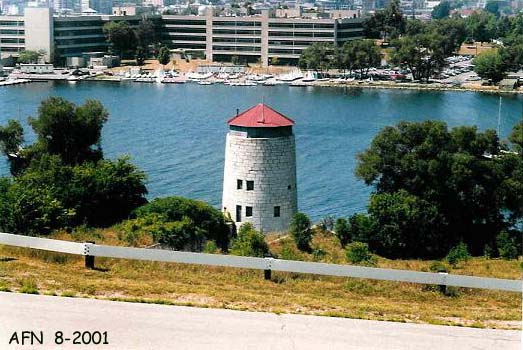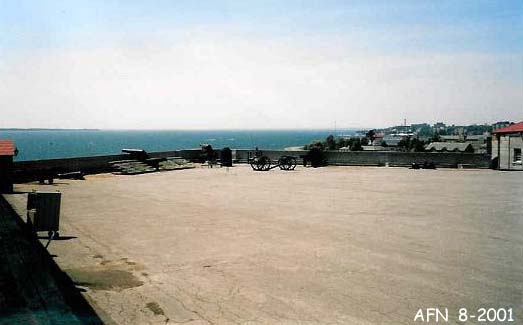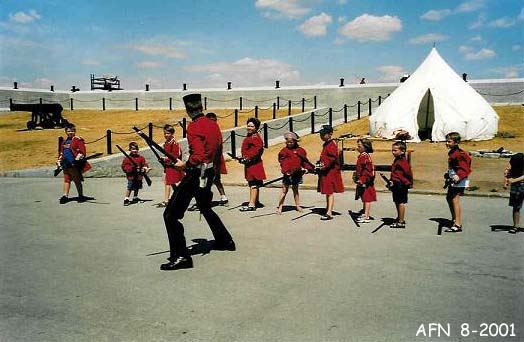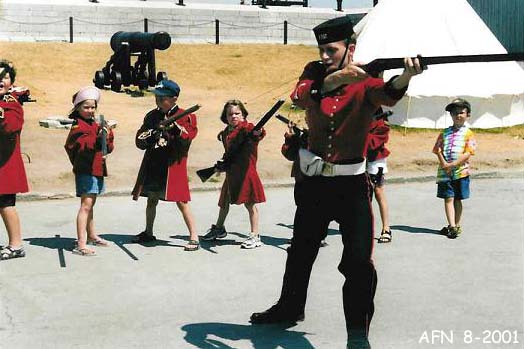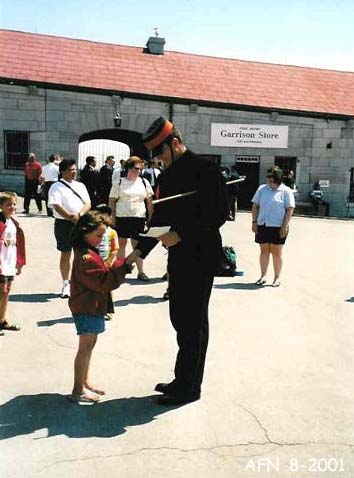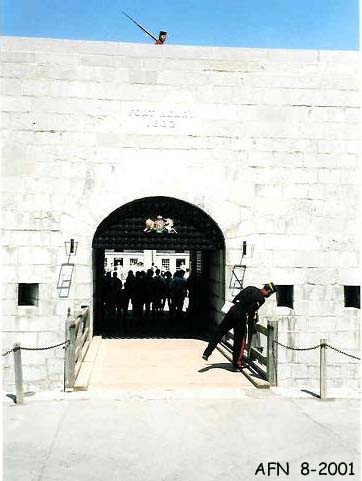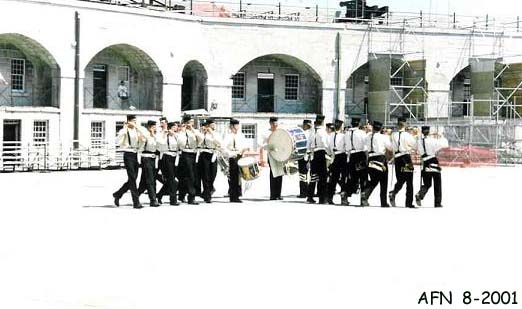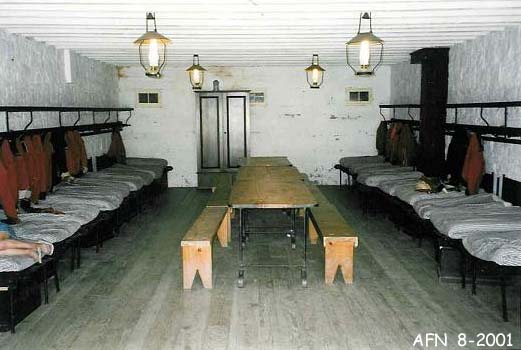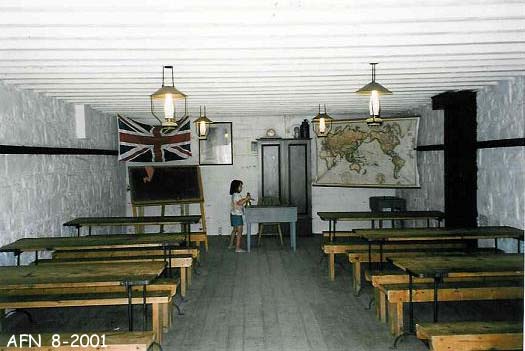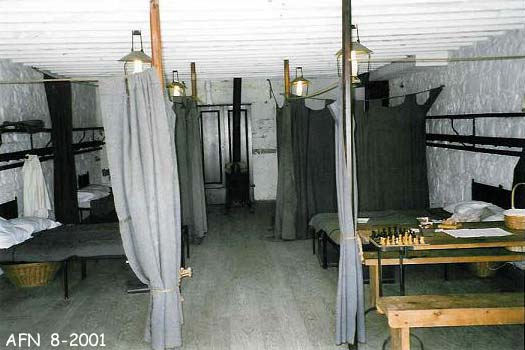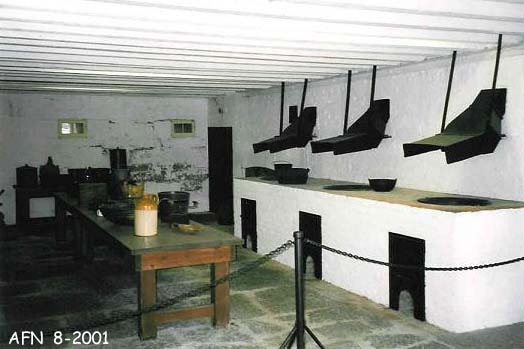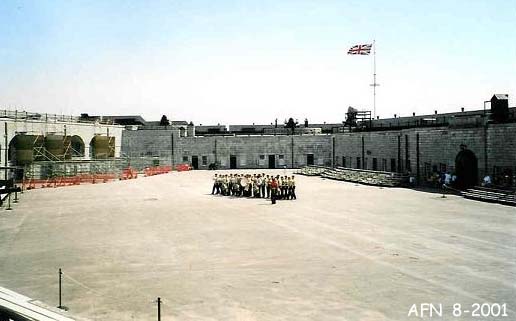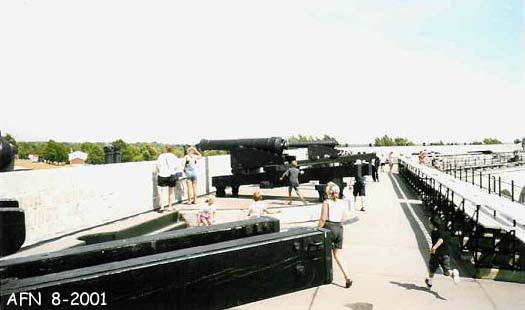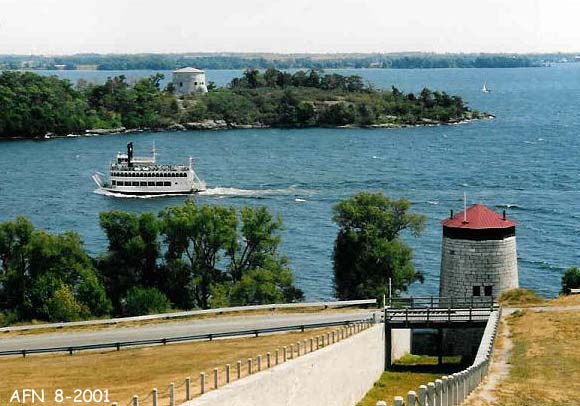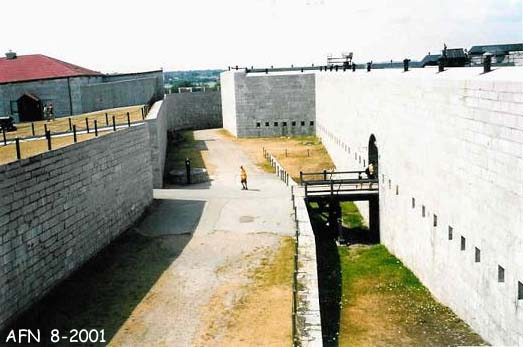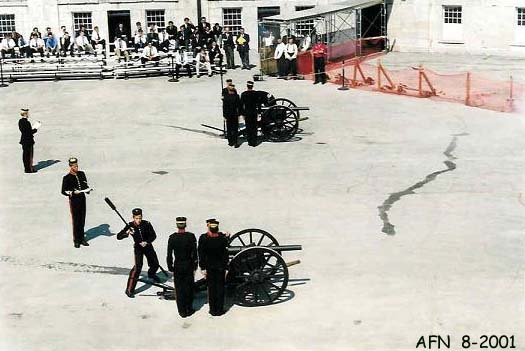

Fort Henry is a National Historic Site as designated by the Historic Sites and Monuments Board of Canada. The site is commemorated as being nationally significant for three reasons: it was built during the 1830's to defend the terminus of the Rideau Canal and the Naval Dockyard in Kingston Harbour; it was the largest and most costly fortification built in British North America west of Québec City; and it was designed as the key site in a network of fortifications for the defence of Kingston and its harbour.
Fort Henry, the Citadel of Upper Canada, is Kingston's premier historic attraction and outdoor military museum, gracefully situated on Kingston's highest point of land (Point Henry) at the convergence of the St. Lawrence River, Lake Ontario, and the Rideau Canal. Over a century and a half ago, Fort Henry was Kingston's first line of defence in the cold war that existed between British North America and the United States of America. Fort Henry was constructed to defend Kingston's Naval Dockyards against the threat of United States invasion. Although the mighty guns of Fort Henry were poised and ready to defend the Citadel, not a single fuse was ignited in the climate of war. Peace persisted.
(excerpted from the 2001 Fort Henry Program and Event Guide)
The present Fort Henry was built beginning in 1832, replacing an earlier stone blockhouse from 1812, also named Fort Henry. The well from the original Fort Henry blockhouse still exists within the dry ditch of the present fort. Fort Henry once had 27 24-pounder guns (effective range 1,200 yards) mounted en barbette along the parapet of the main fort, and nine 32-pounder guns (effective range 800 yards) emplaced in the Advanced Battery, built in 1837. The outer walls along the ditch, as well as the caponiere on the north wall, were defended by a total of 302 loopholes in the scarp and counterscarp walls for musketry and two 18-pounder carronades. The red-roofed bomb-proof casemates of the Advanced Battery were built in 1843. The West and East Ditch Towers were built in 1846 - 48 to close off and defend the branch ditches. Each tower had one 24-pounder gun on the top gun platform. The two towers were used as family barracks after 1863. Fort Henry has been restored and interpreted to the 1867 period.
